Here’s a new style of baitcaster review. As a unique feature, we include statistical treatment of cast-distance results – rather than only reporting maximum and average distances. On top of physical measurements of distance, we’ve also included some user experience characteristics. For the five BFS reels featured we’ll build up a picture of performance “out of the box”. Then we’ll repeat the baitcaster tests under two different levels of “tuning” (cleaned bearings and then upgraded micro bearings from Rorolure).
Which Reels are included in this Baitcaster Review?
The five reels are pictured here and listed (with orange clickable links to articles on each reel) below:
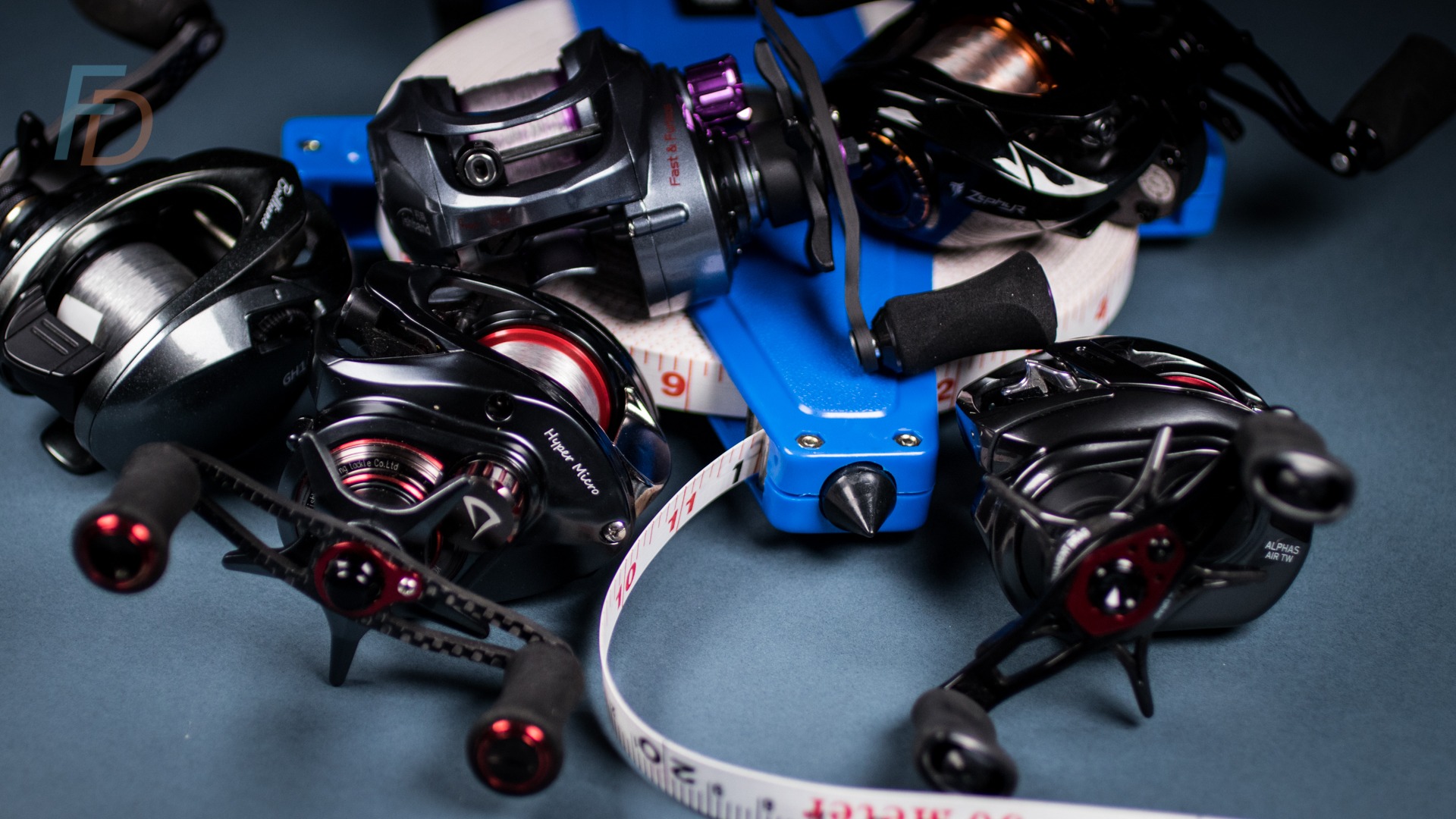
5 BFS Reels vs. The Measuring Tape!
Baitcaster Review Methods
Physical Tests
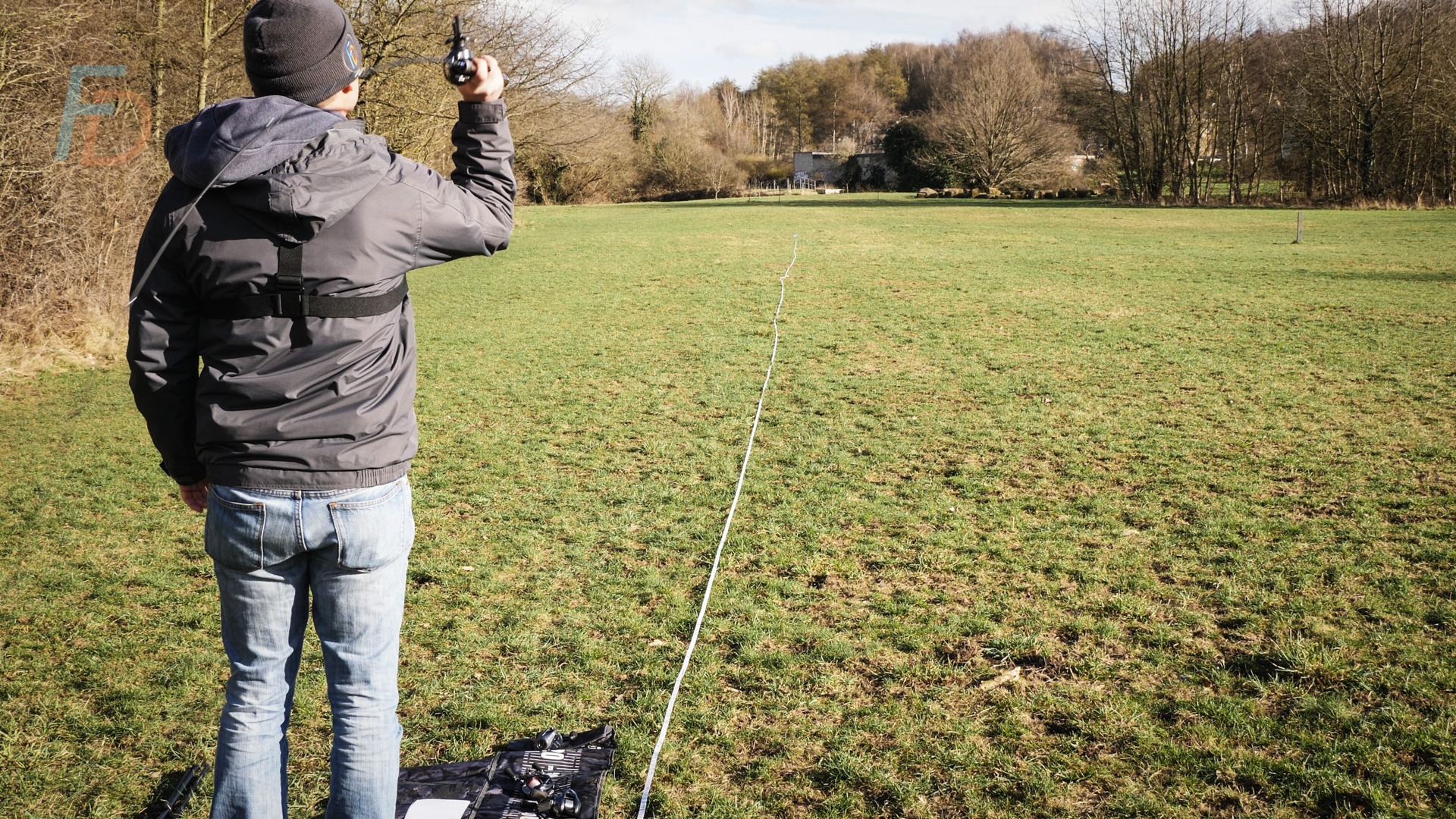
Rod Flex for Overhead Cast: Loading up and ready to fly
Each of the five reels was tested over two days; using two different casting styles – and with three different, standardised casting weights (in place of lures). The casting styles and weights are summarised as follows:
For this baitcaster review, every reel was loaded with just 50-m of 4lb Trilene Fluorocarbon as a standardised (and also realistic fishing-application) casting line.
The rod for the Max Comfortable Distance casting was a highly affordable Kingdom KING PRO 1.8m casting rod – with the ultralight tip fitted (rated for 1 to 8-g lures). Just to show that we "take our own medicine", here is that rod in use for some jack pike BFS fishing:
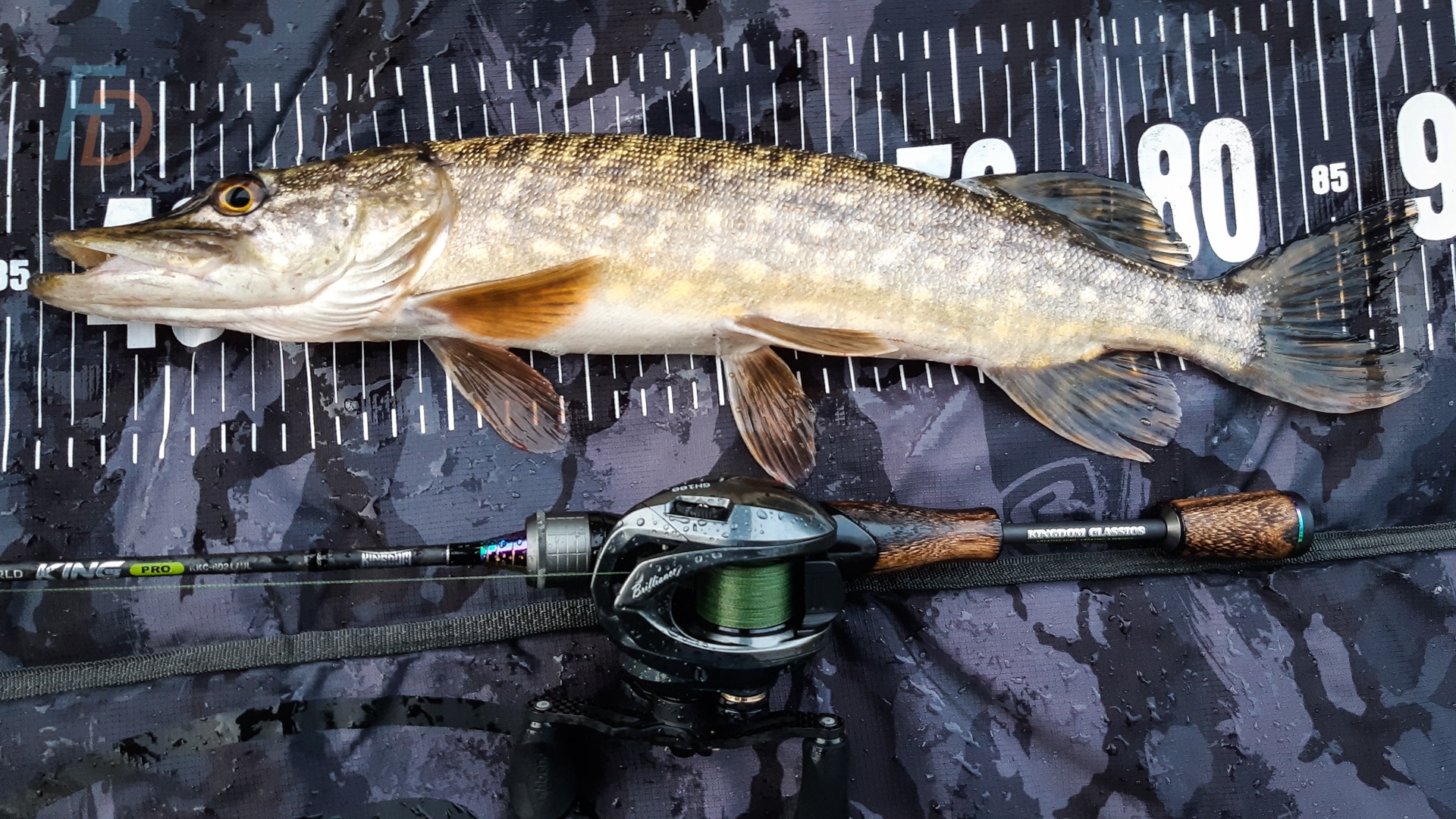
Kingdom King Pro Rod 1.8m with UL tip (1-8g)
The rod for the BFS flip casting was a Resilure Custom glass casting rod (5ft, rated for 1 to 5-g lures). This rod (below) is particularly suitable for flip casting, so gives the reels a realistic opportunity to shine:

Resilure Custom Glass (5ft, 1-5g)
Baitcaster Review: Recorded Measurements
Each reel had ten “Distance” casts at each lure-weight plus a further ten “Flip” casts with the 3-g weight. That meant 40 casts for each reel (x 5 reels) = 200 casts for each cast battle at each “of the three “tuning” levels; “out of the box”, “cleaned stock bearings” and “Roro BFS microbearings”.
Note: I'm not going to clean or change the Daiwa Alphas Air bearings, since that reel essentially comes “tuned out of the box”. This is due to Daiwa’s collaboration with Karil Tuned Factory – who provided the spool and bearings for the 2020 Alphas Air TW. The Alphas Air is widely acknowledged as current best BFS reel in the world for ultralight lures (below, say, 2g). It is, essentially, tuned straight out of the factory. Of course, radically light “after market” spools are available for the Alphas – but aren’t yet available for the other four reels...
So compared to this "Ultimate BFS out of the box reel" - How will the more affordable reels compare to this high benchmark?
Before answering that question, I want to check if you're already up to date with my BFS insiders' Newsletter? The speed of development in BFS makes it really difficult to keep up with the incredible rate of new gear, tactics and stories - so I'm continually adding to my collection of tips, reviews, stories and special offers that are sent directly to members' email inboxes.
Just now there's a pretty out there "ethical bribe" welcome bonus promotion for new subscribers:
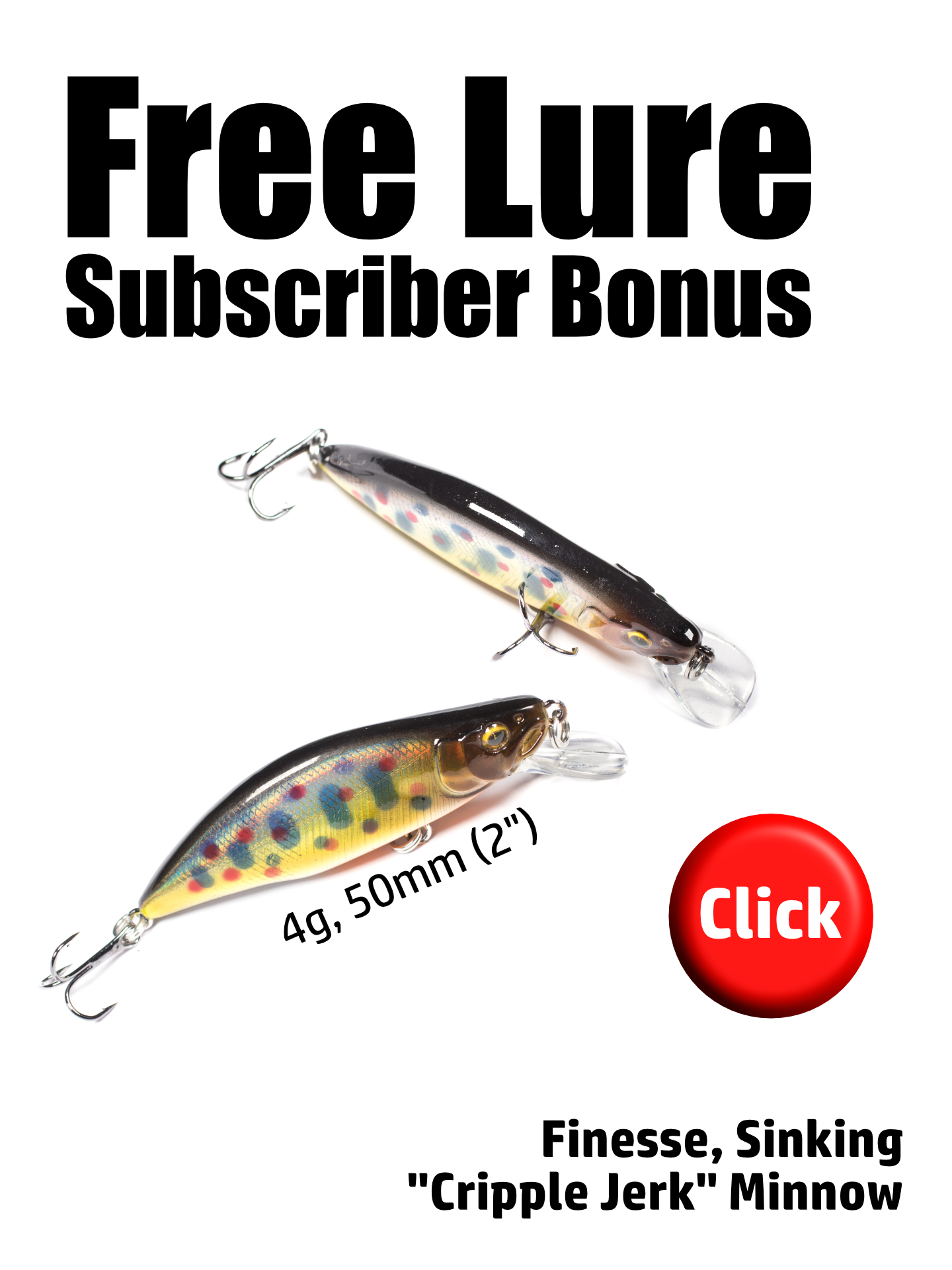
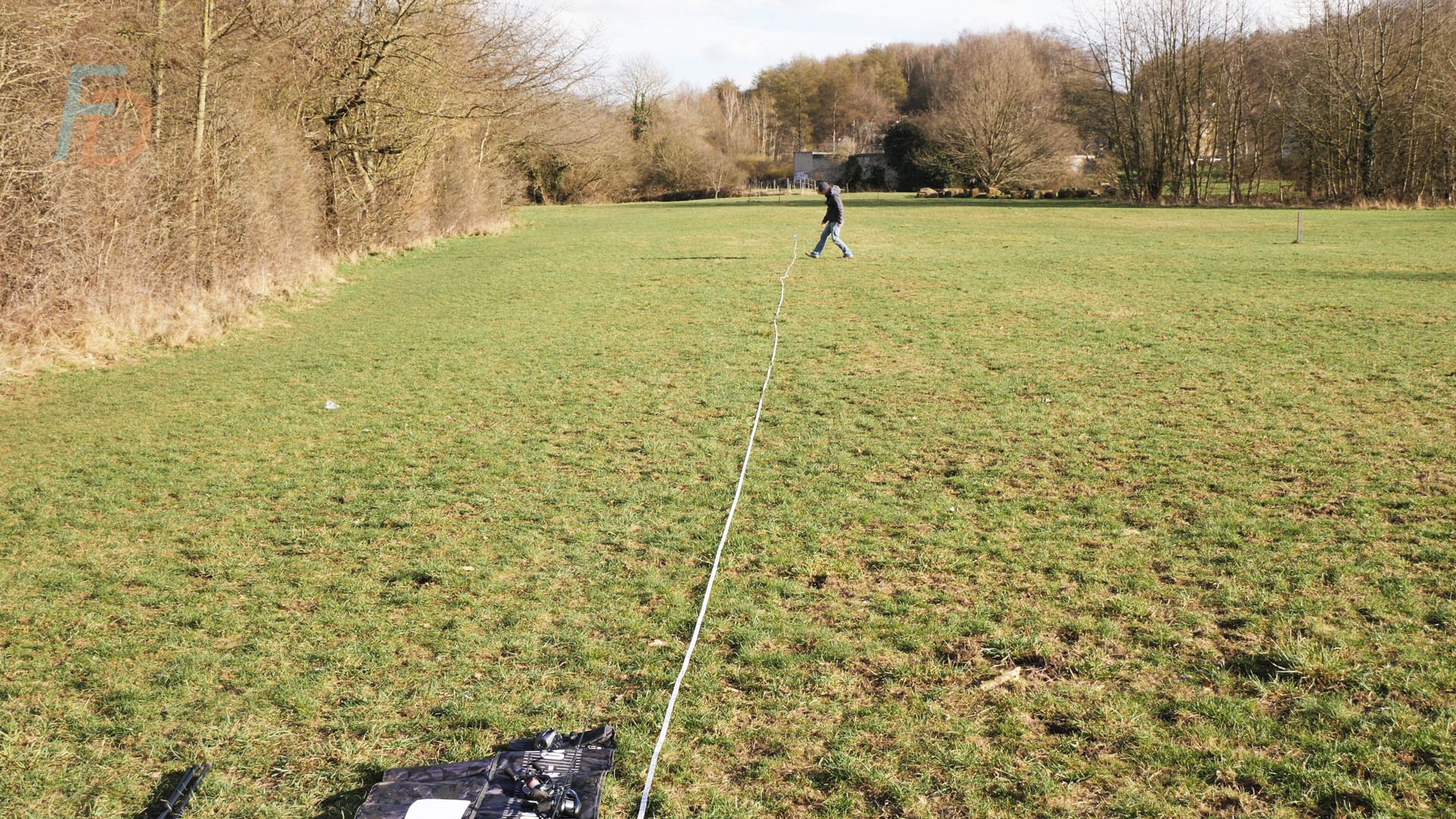
Casts were made along a surveyor’s measuring tape, laid out on ground that was approximately level (no obvious slope). For the “Out of the Box” cast battle, a light breeze tended to blow from behind, or from the right of the caster on both of the two days.
By the way - did you know you can get exclusive stories, videos and lessons on BFS fishing in our free BFS Club?
Actual Weights (measured) for each Nominal Casting Weight
The same individual weights were used for all cast tests. Although labelled by the manufacturers as 2g, 3g and 6g – the actual weights on a digital scale differed from those labels. Extra variation also resulted from painting the casting weights white with enamel “car touch-up paint” (as an aid to visibility).
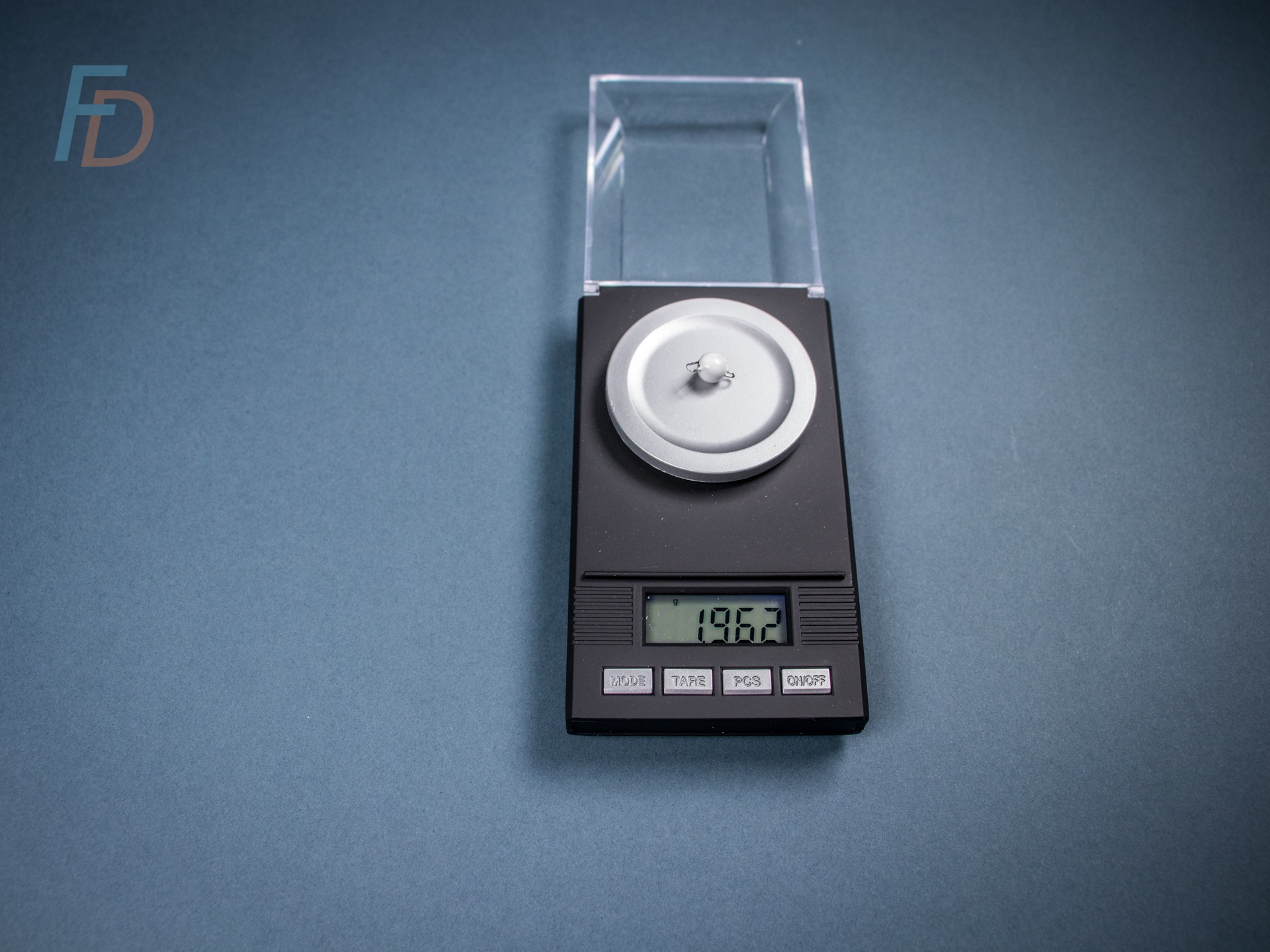
On the scale, the 2-g cheb weight came up as 1.962g
Measured weights of each “nominal” weight used in the baitcaster review were as follows:
Assumptions and limitations of the Statistics in this Baitcaster Review
I understand if you just want to skip straight to the results of the baitcaster review tests, but if you'll probably get a lot more understanding out of those results if you check out the brief introduction to what the statistics do (and do not!) mean...
If you take nothing else from this baitcaster review - just know this:
STATISTICS ARE JUST A TOOL!
They should never become the end (just a means to an end). So, as well as including the user experience comments, I want to make clear that there is a big difference between "statistical significance" and "actual reel-performance significance".
This is important in two main ways:
Now, without boring the non-statisticians (which I should count myself as - since I left my biological research career behind in 2008); I want to say a few important things about the stats.
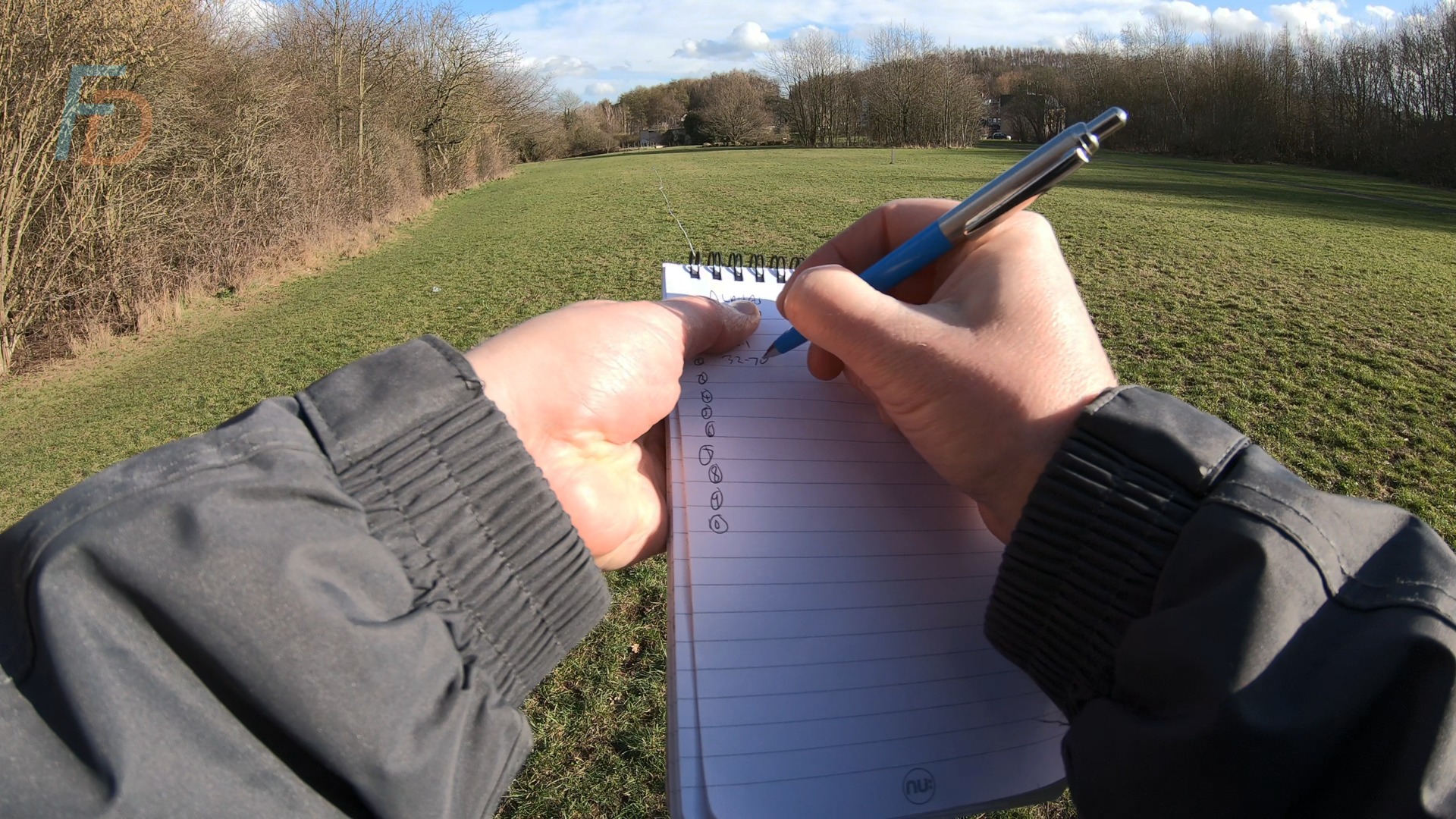
The first, and most important, thing to know is that because I did all 10 casts for each reel/weight combination myself - this experiment is (technically) "pseudoreplicated". In order to have truly independent replicates, I should have had 10 different people around the world each make one cast with each rod/reel/lure combination and have them measure that.
In fact, it would have been much better if I'd had at least 30 people doing that. While I hope that one day it might be possible to find 30 people willing to buy 5 reels and two specific rods to take part in that experiment, just now it isn't an option. That brings me to the second issue or limitation, which is that - even if you treat them as independent replicates - ten casts isn't a lot.
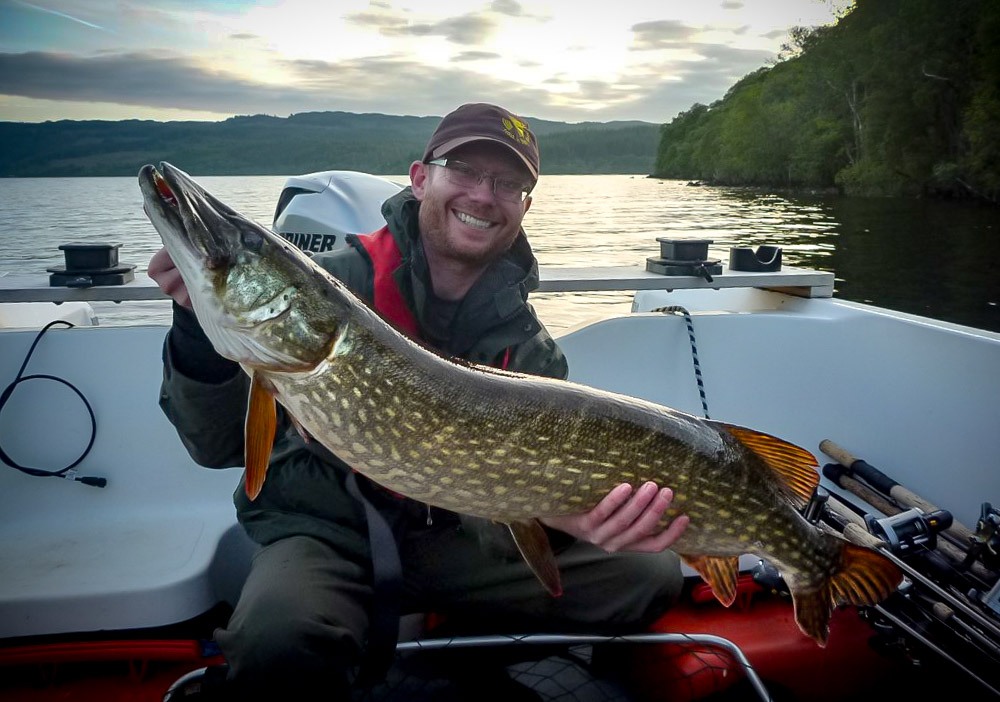
Paul Gaskell
Geek in Chief
It did still take me two full days outdoors from 9am to 5pm to make those measurements (and that was for just one "tuning level").
Going beyond those two days would have brought in a lot more variation between the different reels from weather conditions (particularly wind speed and direction).
I suppose I could have randomised the order of each cast (de-rigging and re-rigging each rod/reel/lure for every single cast in the process). Then that would have taken me probably two weeks to do...So it would take me 6 weeks of cast measurements to complete all three tuning level challenges...
It quickly becomes ridiculous.
What the limitations of this baitcaster review mean
Technically each cast measurement is not independent of the others (since the same person is making each cast). In real terms, what this probably means is that - possibly - my ranked order of reel results might differ from someone else. That is something you should bear in mind.
However, this is pretty much the same issue with my "user experience" comments (or the same issue as any film, restaurant or book review). At the same time, those reels did cast those distances under those conditions and with those lure weights (and I measured those distances rather than guessing them).
Assumptions (and how they are treated here)
The relatively small sample size means that it can be difficult to say whether the raw data distributions (more specifically, the distribution of their "error structures" but that's a whole other snake-pit right there...) are what is known as "non-normal"

Classic "bell-shaped curve" for a normal distribution of measurements
A normal distribution curve looks something like the one above - and it shows that measurements of things often tend to cluster around the "middle of the road" values - and then have a decreasing number of examples of both higher and lower values. In other words, it's natural (or "normal" you might say!!) to have a cluster of results around about the medium distances - and then fewer super good and super bad casts either side of that.
The reason that is important is that, when datapoints are distributed normally - you can know certain things about that set of measurements. For instance, about 68% of measurements will fall within a distance known as "one standard deviation from the mean". When you extend that to two standard deviations, you would capture around 95% of all observations inside a normally-distributed dataset.
This is the basis of parametric "frequentist" statistics.

Counts of how many casts fall within particular distances ("Frequency Distribution"): It's hard to say whether or not these distributions are seriously "Non-Normal" when you are only making ten casts with each rod/reel/lure-weight combination. By eye, these plots could easily come from "normal" distributions...
These types of analyses help us to compare means (averages) and assess whether the variance of measurements around those mean values is likely to be greater than the variation you'd expect simply due to randomness.
Most importantly for our baitcaster review, it allows you to calculate how likely it is for the cast results for different reels to just be explained by random variation (or whether the two reels show genuine differences in performance).
Because of the risk that non-normal distributions of cast distances could create false results - I also did statistics using the median (ranked) values. Those "non-parametric" tests have different assumptions (and they do not need measurements to come from normal distribution) and are not so affected by outlying values. They tend to be a tiny bit less sensitive (i.e. may need a larger difference in measurements before detecting a significant difference).
The scatter plot below gives a sense of how these measurements look for the 6-g casting weight (as an example). Interestingly, in the "out of the box" test, the longest single cast was made with the Fishband Clamber Hyper Micro (labelled "HM") reel at a whisker under 40m (about 131 feet) with the 6g weight. However, the Daiwa Alphas Air made more casts in that higher range.
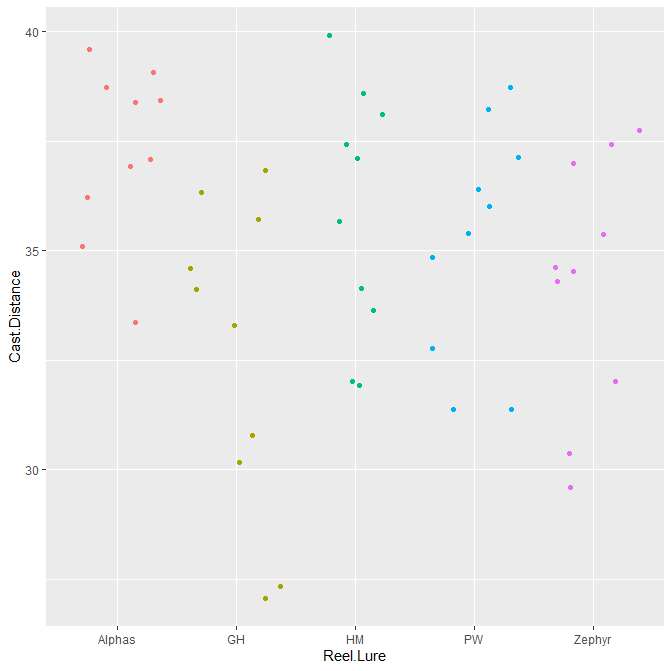
Scatter Plot of the raw cast distances made with the "6g" weight for each Reel
Finally, because the sample sizes are already small - it makes it difficult to justify removing "outlying" (i.e. extreme) values. I mean, as an angler having just made the longest cast with a particular set up - why would you want to say "that one didn't count". Of course, this also means you need to keep the shortest casts in too; you don't get to choose to hide those if you're going to include your best efforts.
With small sample sizes - you risk losing a lot of information by removing one or two outlying points.
Excluding two casts out of a 10 cast sequence is throwing away 20% of the information
By assessing the results using ranked data as well as averages, you have fewer concerns about outliers skewing the averages and giving misleading results.
What does "Significant Difference" mean?
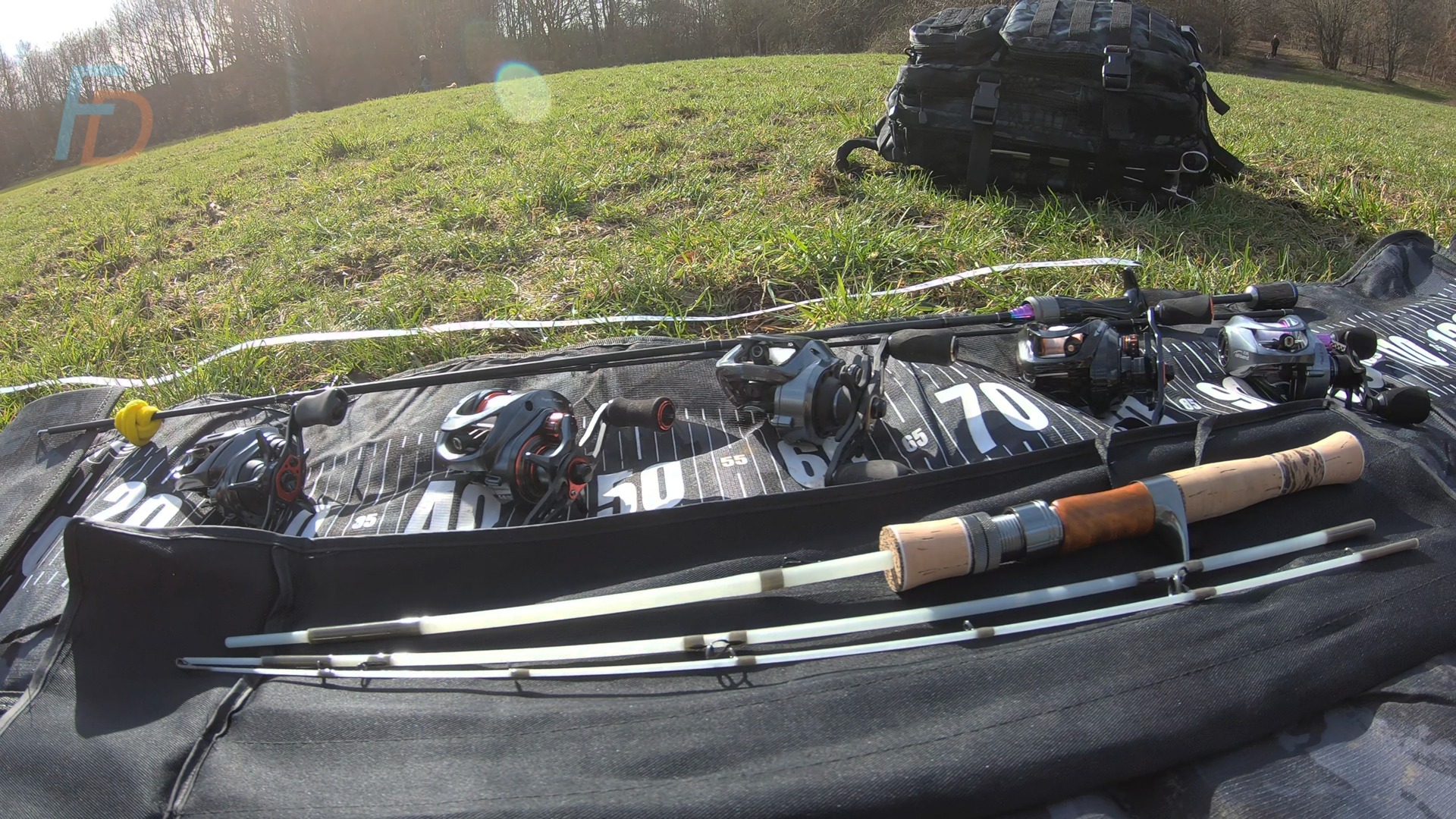
Are these reels "significantly different"??
The main thing we ever want from statistics is simply to help us answer this question:
Am I Just being Fooled by Randomness??
As humans we are amazing at seeing faces in clouds, or portraits of religious figures on a potato chip. We have got amazing "pattern-seeing" brains - even when the things we are looking at have just fallen together by chance.

Paul Gaskell
Geek in Chief
The value of a scientific approach as a way of understanding something is it's the only "belief system" that works by trying to dis-prove itself.
In other words, the starting out assumption (or "null hypothesis") is:
"There is NO effect here - any differences or patterns are just due to random variation"
...is there any evidence to the contrary?
So the null hypothesis for this baitcaster review is:
"There is no difference between these reels"
What the statistical tests aim to give you is an estimate of how likely any differences you see are to have come about just by chance. Typically, it is seen as significant that a difference with a probability of less than 1 in 20 of having occurred at random (written formally as p<0.05).
In other words, people generally say that unless there's a less than 1 in 20 chance that it occured just by pure luck, you can't really say that any apparent difference is due to an actual effect.
Obviously, the lower the chances (say less than 1 in 100 or even under 1 in 1000) that an observed difference is just due to chance, then the more confident you feel in saying that there's evidence for a real effect or real difference.
For complete insider updates on all things Bait Finesse, join our BFS and Ultralight Lure Club:
"Out of the Box" Baitcaster Review Results
In this First Round of the baitcaster review, the aim is to see what happens when I just take the reels out of their boxes, add 50m of 4lb fluorocarbon, strap them on a rod and cast. No modifications, cleaning or anything else...
Before we get into the different cast distances - a standout result from this round was that ONLY TWO of the five reels NEVER GOT THE LINE CAUGHT BEHIND THE SPOOL (IN THE BODY OF THE REEL). Take a bow:
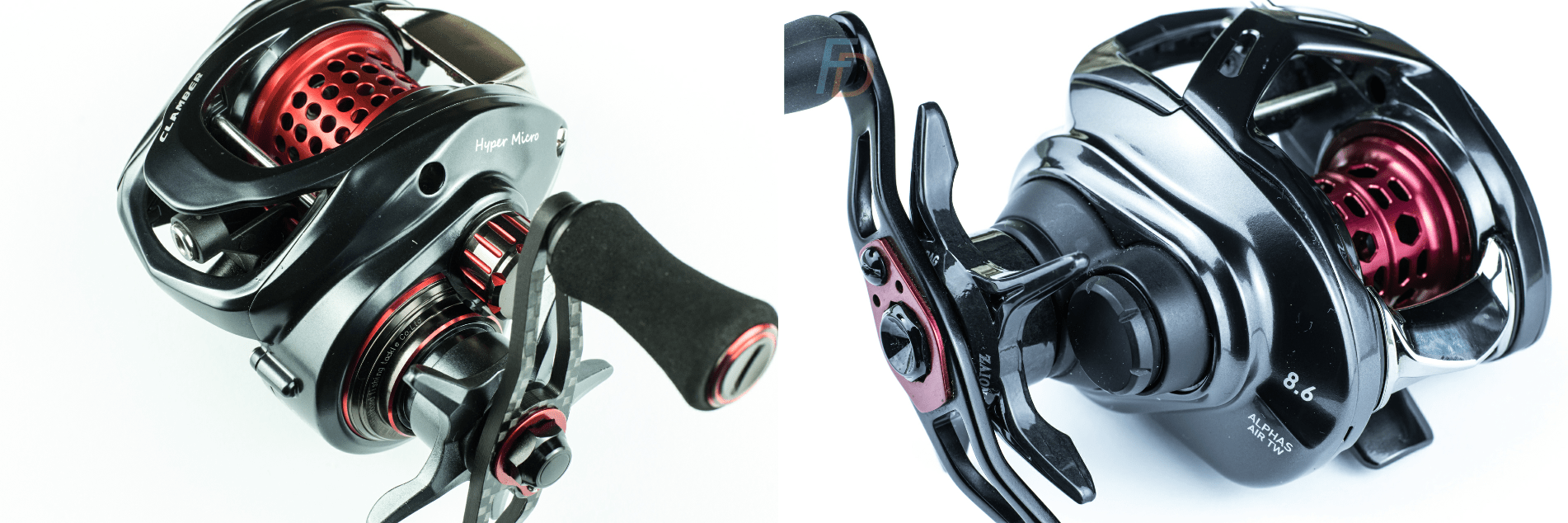
HM06 (left) and Alphas Air (right): Never got the 4lb line caught inside the body
OUT OF THE BOX Cast Distances with 6-g Weight
This category was probably where the full field of reels was most evenly-matched. In many ways, the 6-g weight is, perhaps, getting towards the higher end of what Bait Finesse System Reels are tuned to casting. Certainly there is always a lot of focus on whether a BFS reel can cast a 1g lure (such as a trout magnet...).
Before we jump in to the plots, a couple of quick definitions:
When data are normally distributed, the mean and the median will be approximately the same.
Median Distances "Box and Whisker" Plot for 6-g Casts
The thick horizontal lines inside each box shows the median cast distance, the boxes show the range that spans between the lower quarter and upper three quarters of that range (inter-quartile range)...and the long "whiskers" indicate the overall range of observed values. A single shared (matching) letter appearing in the alphabetic labels indicates no difference was detected at p<0.05 between reels sharing that letter label:
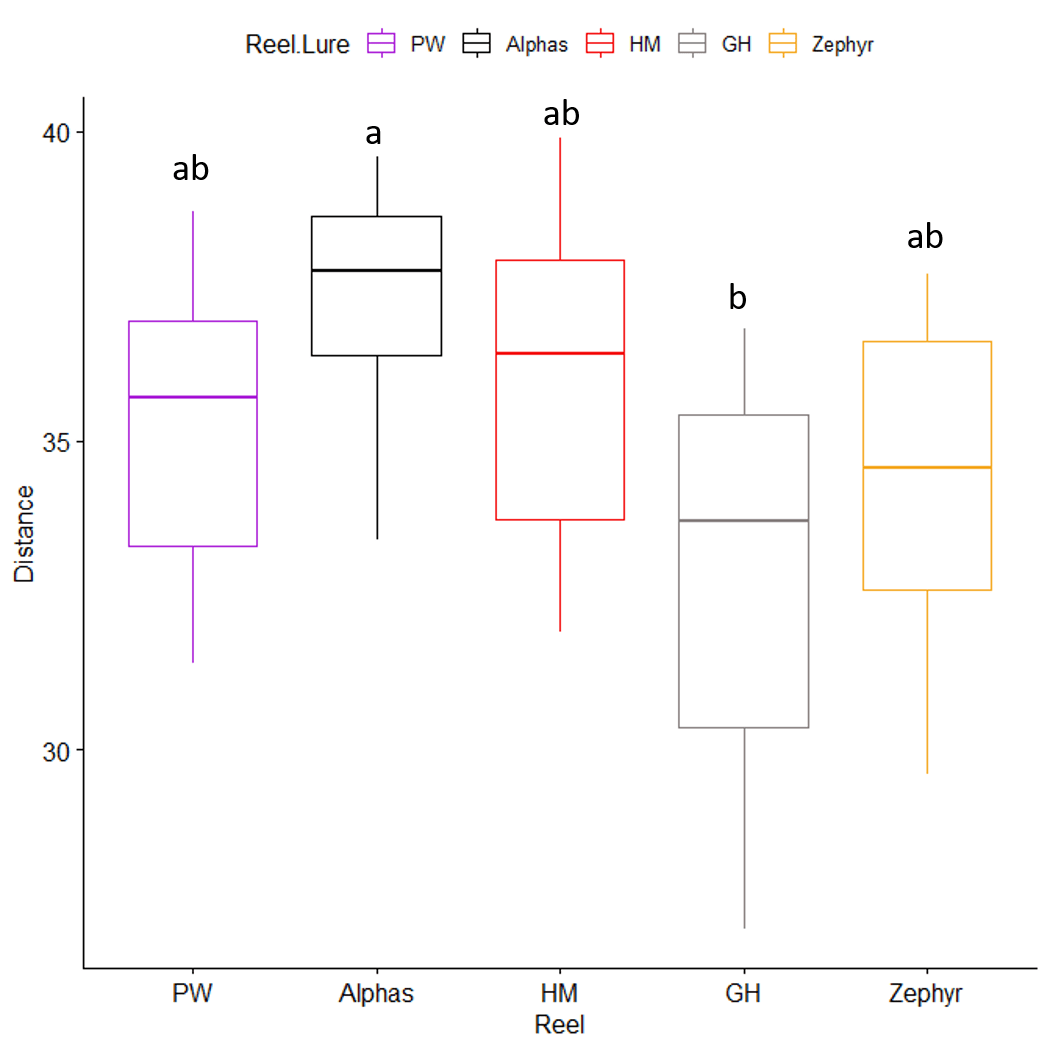
Median Cast distances (6-g) for PW100 (Purple), Alphas Air (Black), Hyper Micro HM06 (Red), GH100 (Grey) and Zephyr (Orange). If you can find a matching letter inside the alphabetic labels for each plot - that means no significant statistical difference was detected at a probability of 1 in 20 or less. So for the 6-g test, the only detectable difference was between the Alphas Air (labelled "a") and the GH100 (labelled "b"). All other reels were labelled "ab", so they have at least one matching letter with both the GH100 and Alphas Air - showing that no significant difference was detected by comparing ten casts for each reel
A Kruskall Wallis (nonparametric test) found that we should reject the null hypothesis that "there is no difference between these reels" when casting a six gram weight. The probability that the observed difference would arise by chance alone was estimated at less than 1 in 61.
The formal way to express this is,
A significant difference between casting distances of reels with the 6-g weight was indicated by Kruskal-Wallis Rank Sum analysis ( Chi-squared = 12.139, df = 4, p-value = 0.01635)
Using Wilcoxon (non-parametric) pairwise comparisons indicated that only the Alphas Air and the GH100 had differences that would be expected to not occur by chance. The probability of that, specific, difference arising by chance was estimated as less than 1 in 35. All other comparisons showed a probability of greater than 1 in 20 that they had occured just by chance alone.
Formally:
The Alphas Air cast significantly further than the GH100 with the 6-g weight (Wilcoxon Pairwise Comparisons, p=0.028)
Just as an example for the 6-g cast results, below are the mean values - plotted with error bars of plus and minus 1 Standard Deviation (remember that within 1 SD either side of the mean value captures about 68% of the data points in a normal distribution).
Please bear this in mind that, when bar charts of mean (average) values are plotted on news programmes - any indications of how much variation exists around the mean value are almost NEVER shown.
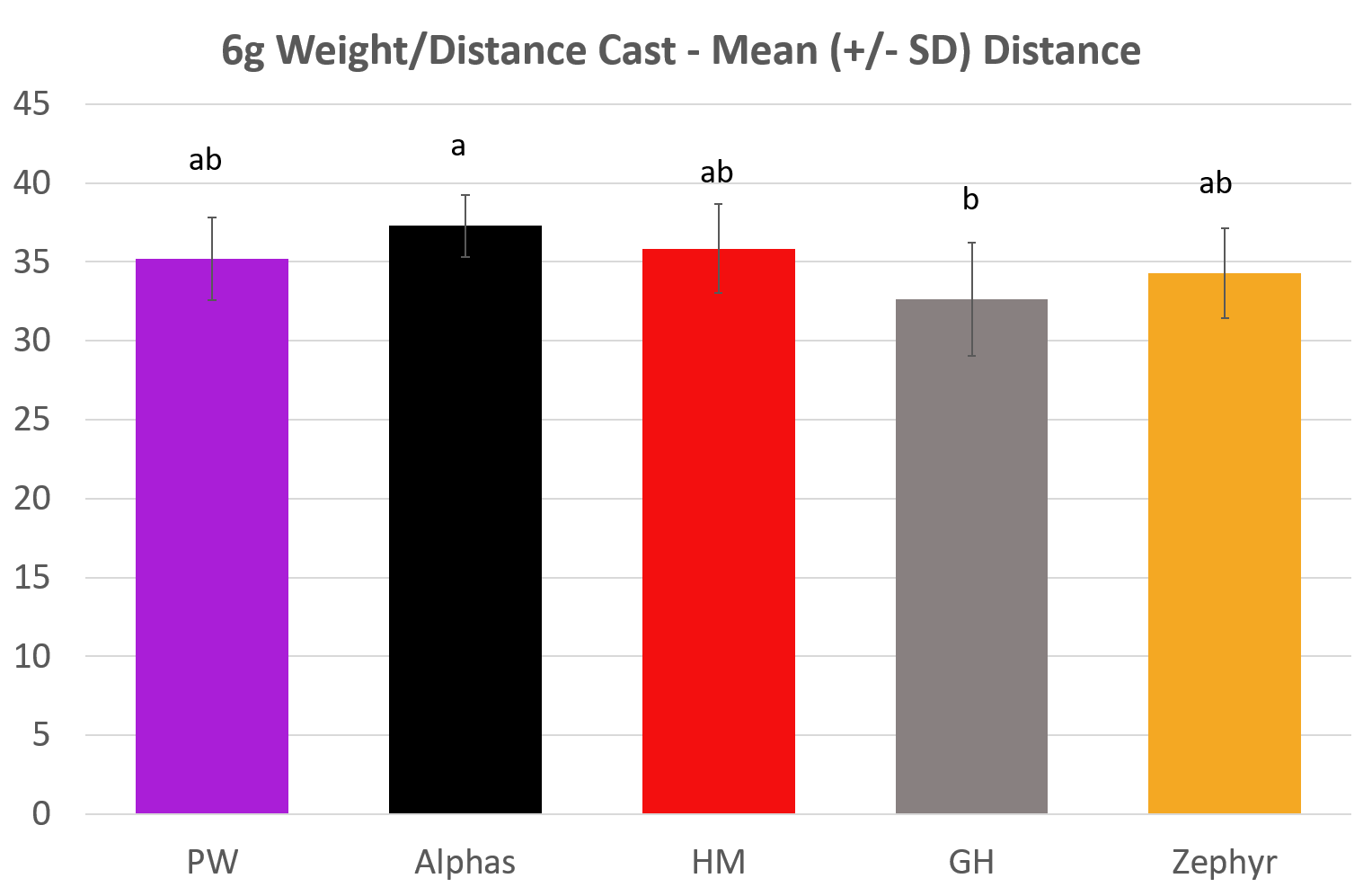
Mean (+/- SD) cast distances for the five BFS reels tested. Reels sharing an alphabetic label do NOT differ at p<0.05 (i.e. have a probability of greater than 1 in 20 that any differences bewteen mean values occured just by chance alone). This result matches the comparisons of medians for each reel.

Paul Gaskell
Geek in Chief
Indicating variation is important when considering statements like "The Alphas Air out-cast the Hyper Micro by an average of "x" feet"...
It's easy to see that this isn't the whole picture when you note the following:
The mean cast distance for the Alphas Air was higher than the Hyper Micro - while the Hyper Micro actually made the longest individual cast in the test.
Because we are comparing mean values in the bar chart above, we should, if possible, use a parametric test to check whether there are any statistically-significant differences between the reels. For our baitcaster review tests, using Analysis of Variance ("ANOVA") would be a good way to check that out (as long as the variance doesn't increase in proportion to the mean - which it doesn't appear to when you look at the scatter plot from earlier in this article).
SO...the non-parametric (Kruskall Wallis) test used above looks up values inside special tables of "observed versus expected" measurements. (using the distribution of a statistic called "chi"). In this way, it assess whether what we observe in our ranked values is outside what we'd expect to see by chance alone. ANOVA uses a different distribution of something called the "F statistic" value. Here's a very brief insight into what is actually going on inside an Analysis of Variance:
ANOVA Cliff Notes:
In short this test takes the mean value for ALL casts across ALL reels and works out how by how much each cast VARIES (above or below) from that "mean of EVERYTHING value"...
It then examines whether any other individual mean value returns a LOWER total amount of variation above and below that alternative mean value (i.e. whether that alternative mean is a better description of those observations).
If no alternative mean value shows a reduced total amount of variance, then there is no argument to suggest that any of the mean values is different from the overall mean value.
Therefore, you conclude that you can't reject the null hypothesis that there's no difference between all these reels
PHEW, now we've got all that out of the way - from now on, I'll show just the most appropriate/informative statistical tests and plots for each of the results. You'll at least know how to interpret the numbers, charts and statements about each statistical result now...
OUT OF THE BOX Cast Distances with 3-g Weight
Now we're dipping into the range of weights that are often required to be cast when fishing in Bait Finesse System scenarios. In fact, you'll see from above that the "3-g" weight in this test was just a fraction under 3g. It also quickly becomes clear that - whether or not you personally can cast further than me - something very interesting happens when comparing BETWEEN the reels when you change the casting weight.
Our BFS baitcaster review is hotting up...
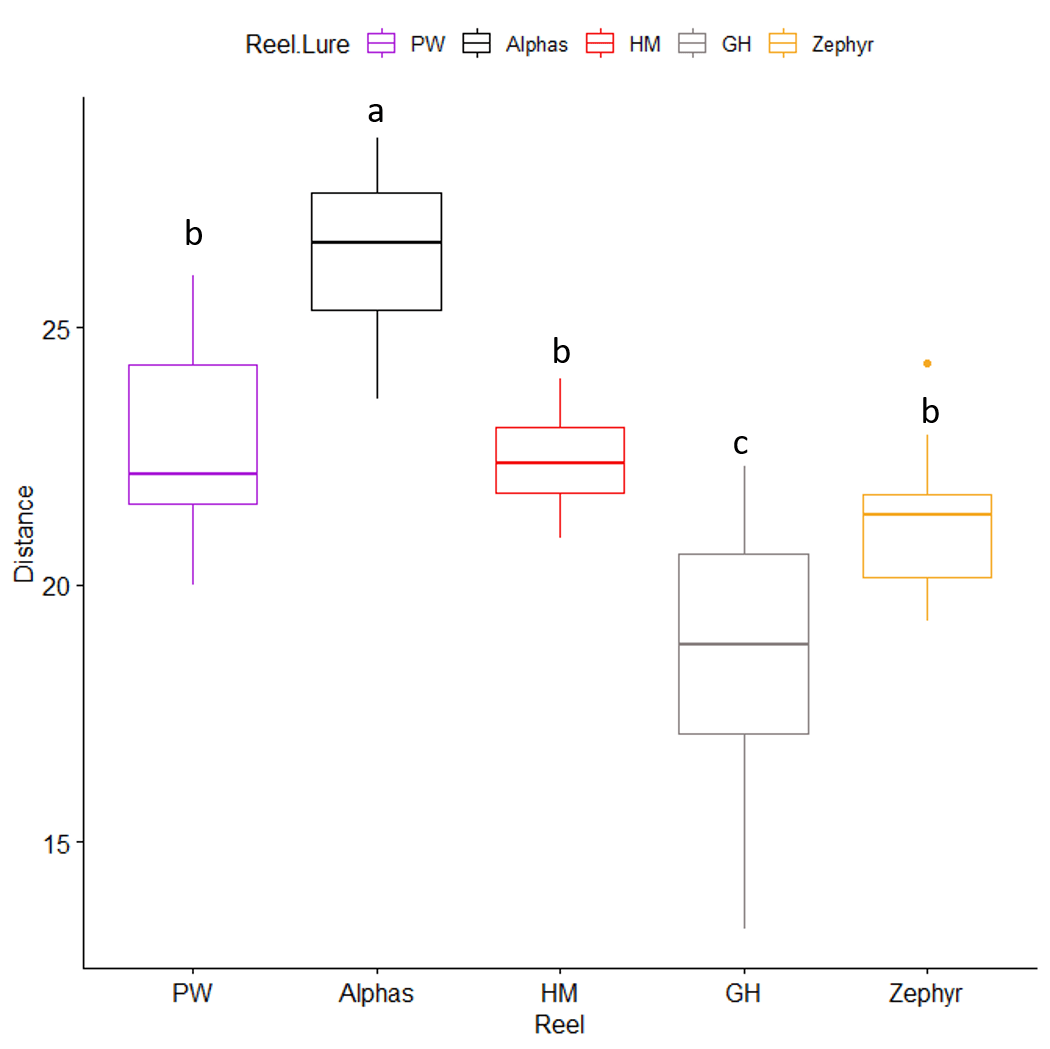
3-g Distance Results: Reels that share at least one alphabetic label do not differ significantly from each other
The short conclusion from this is that, again, we should reject the idea that there is no difference between the reels' casting distances (Kruskal-Wallis chi-squared = 32.051, df = 4, p <0.00001). To put some more detail onto that, the Alphas Air TW 20 significantly outcast ALL other reels in the test (Wilcoxon Pairwise Comparisons, p<0.01), while the PW100, HM06 and Zephyr were not detected to differ from each other.
On top of that, the following reels ALL significantly out-performed the GH100 (Wilcoxon Pairwise Comparisons) as follows:
Another interesting user-experience comparison was also reflected in the distances. The PW100 cracked out some great distances - and was also a little more unpredictable than the HM06. That meant that the PW100 produced a cast that was longer than the results of the HM06 - while the greater consistency and feeling of control of the HM06 gave it a slightly higher median cast distance (in terms of raw figures).
Of course, though the raw figures showed some variation between the median cast distances of PW100, HM06 and Zephyr; statistically these were indistinguishable from each other in this baitcaster test with the 3-g casting weight.
OUT OF THE BOX Cast Distances with 2-g Weight
Here we go with the "2g" category of this out of the box baitcaster review (measured at 1.96g) - solidly into the BFS zone now...
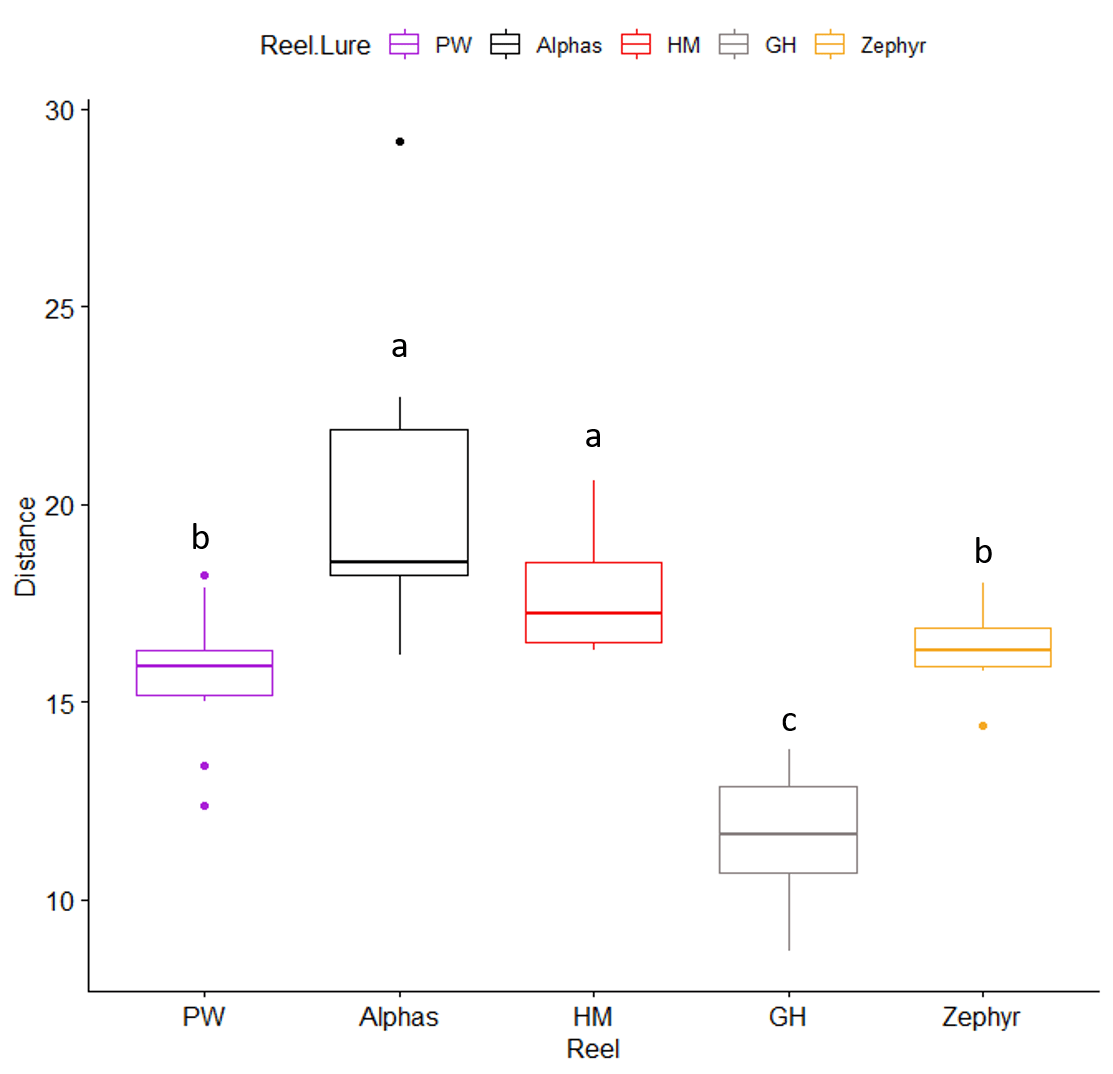
2-g Distance Cast Results: Reels that share at least one alphabetic label do not differ significantly from each other
Again, we should reject the idea that the reels don't differ from each other at this casting weight too (Kruskal-Wallis chi-squared = 35.236, df = 4, p<0.00001).
In terms of individual comparisons, the reels were found to vary as follows (following Wilcoxon Pairwise Comparisons): The Alphas Air and HM06 were not found to significantly differ at p<0.05; while both reels cast significantly further than all the remaining reels. The HM06 median cast distance was greater than the:
The Zephyr and the PW100 were not found to differ (p>0.1), but both cast further than the GH100 (p<0.001 and p<0.01 respectively).
I'll get into more details about how the reels felt to cast (as well as the relationship between statistical and "fishing" significance) in the roundup section after the flip casting results...
OUT OF THE BOX Baitcaster Review Results for FLIP CASTING
The flip casts with glass rod and 3-g weight is a category I've not seen in other BFS or baitcaster review videos and blogs before. Depending on the style of fishing you intend to do, this very " Trout-stream BFS-specific" assessment could be really useful for you.
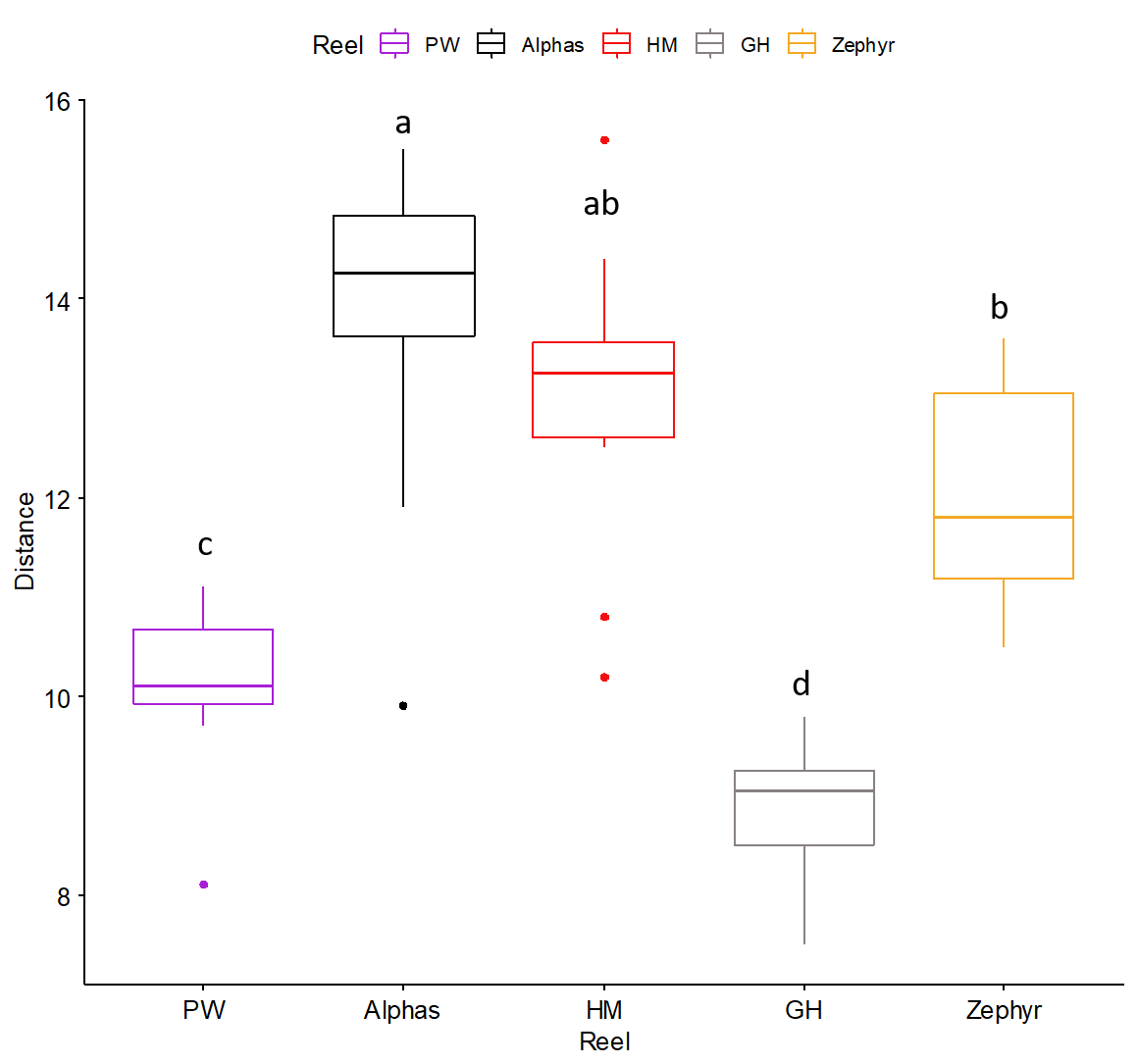
Flip Cast Results: As with other plots; reels that share an alphabetic label do not differ (p>0.05).
I'm really glad that I included this category in the test because it threw up some really fascinating results. I think one of the BIG questions it raises is around the stock bearings of the GH100... It was in this category that this reel (in its "out of the box" state) really struggled. It was a huge effort to get it anywhere close to 10m (32 feet).
Yes, this spool is a little heavier than others in the test, but having fished with a GH100 and ceramic hybrid bearings - I'm really interested to find out what happens in the "cleaned" and "Roro" bearings tests.
As is really obvious from the above box and whisker plot, we should reject the null hypothesis that the reels do not differ (Kruskal-Wallis chi-squared = 35.78, df = 4, p<0.00001).
Using Wilcoxon Pairwise Comparisons, The Alphas Air and HM06 were not found to significantly differ (p>0.05). In addition, no difference was detected between the HM06 and Zephyr (p>0.05) - even though the Alphas Air DID outperform the Zephyr (p<0.05), the PW100 (p<0.01) and GH100 (p<0.001).
However the HM06 flip cast distances significantly exceeded the performance of the remaining two reels as follows:
The Zephyr flip cast performance was greater than both the PW100 (p<0.01) and GH100 (p<0.001), while the PW100 also out-performed the GH100 in the flip cast test (p<0.01)
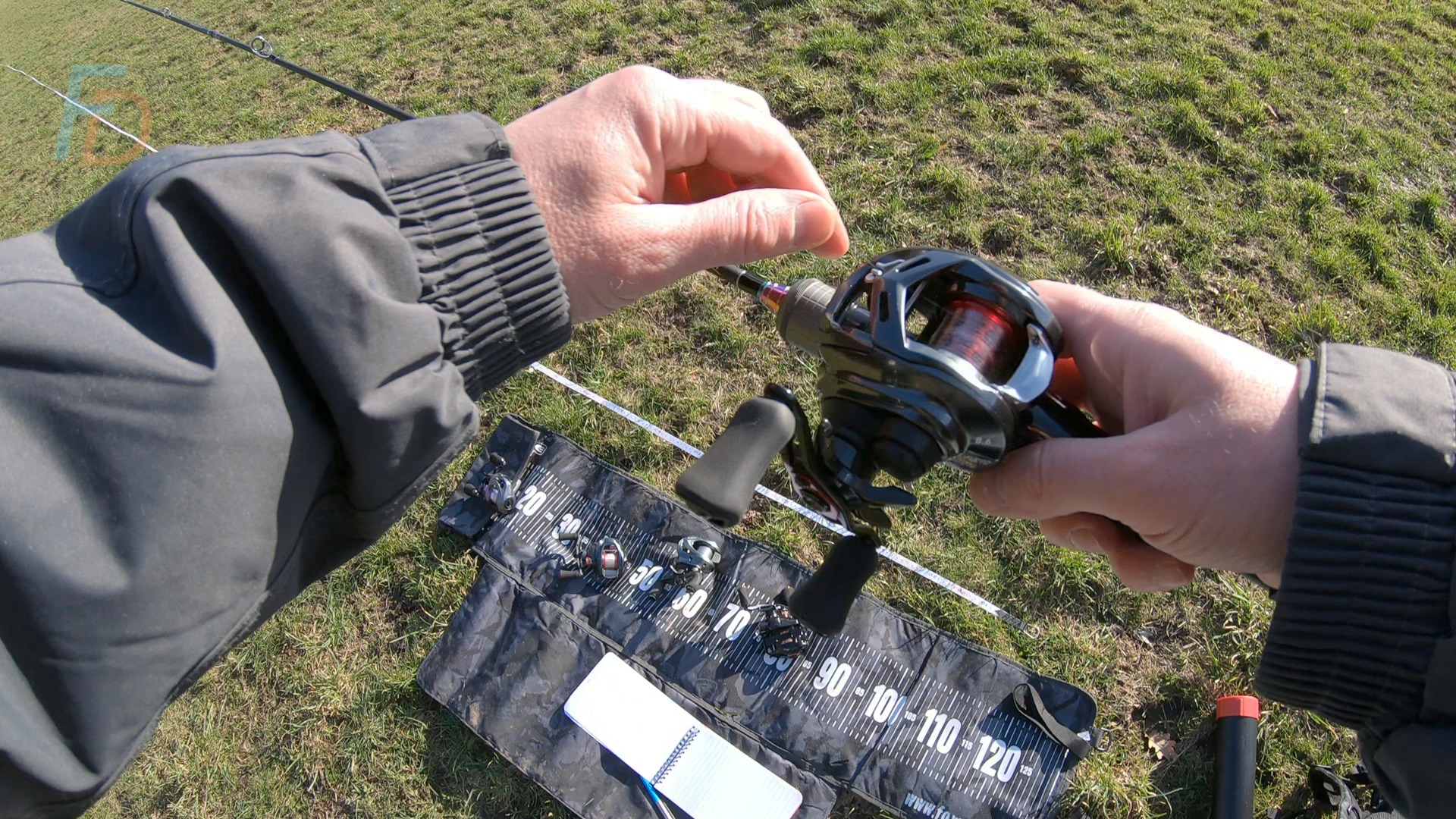
Talking Points for the "Out of the Box" Cast Battle Results
It was really fascinating to see how this all played out - and how the reels often changed their relative performance depending on the lure weight AND style of casting during this BFS baitcaster review.
Headline Results

Aluminium body and spool (with a wider lip) on the Clamber HM06 probably allows more consistent manufacturing and operational tolerances to keep the line from "escaping" and tangling behind the spool inside the main body of the reel. The Alphas Air has exceptionally good tolerances as you'd expect.


The PW100 created some fascinating results compared with its rivals across the different tests
So which Affordable BFS Baitcaster Reel Should I Buy?
The "Out of the Box" Results Roundup
While the Daiwa Alphas Air is a Japanese reel (and the current best-performing BFS reel for ultralight lures), it is quite a lot more affordable than, say, the equivalent Daiwa Steez Air...If you can easily afford the Alphas, it is a great buy - and it literally comes "super-tuned" straight out of the box; no cleaning or upgrades needed. Amazon in the USA seem to have a good price on the reel - affiliate link below which earns me commission on any qualifying purchases:
Where things get interesting is where a $230+ price tag (potentially plus import tax etc.) might cause a serious pause for thought (particularly if you're wanting to run a couple of rods with a pair of reels). Now that you can buy an aluminium-bodied reel with possibly the lightest STOCK spool on the market for around 3x lower retail price than the Alphas - well THAT makes a very attractive prospect. Then, when that much cheaper reel posts performance statistics (out of the box with no mods) that compare so favourably with the current "BFS king"...You have a real opportunity on your hands. When I first heard about the Fishband Clamber Hyper Micro CR-HM06 I was cautious that I might fall victim to something that "seemed too good to be true". Having included it in this test I am absolutely delighted with its performance - and I'm really glad I own one to fish with alongside my Alphas Air.
You can check out the current pricing and availability (following a recent price-drop) for the Clamber on my affiliate link below (which earns me a modest commission for purchases made using that link, without changing the price compared to a non-affiliate link):
At the "super-budget" end of the market - you have a very delicate decision to make between the PW100 and the Zephyr (both reels will occasionally get loose, fine line trapped behind the spool). The only things I can say that might help your decision are that:
I'm going to have to wait to see what happens when we clean the bearings (and then again, when we upgrade the bearings) to repeat the tests to give the GH100 a fair hearing. One thing is for sure, it was consistently out-performed across all categories in its "straight out of the box" state...
If you want to check out the Zephyr as a highly affordable option for BFS with lures of around 2.5g and above then I have a couple of affiliate link options from either Amazon in the US or Aliexpress (Worldwide, including US); both of which earn modest commissions from qualifying purchases - without altering the price compared to a non-affiliate link to that product.
OK, that's it for the "out of the box test", watch this space for the accompanying video to this test AND for any future "Cleaned Bearings" and "Roro Upgraded Bearings" tests...
While my methods and test design are NOT perfect, I hope that they give you a lot more measured information than before you started reading this article.
I expect that this style of review will polarize people between "Why are you over-complicating things you idiot!??" to "I like to know as much as possible before getting my wallet out".
Let me know in the comments (below) what camp you fall into and share your opinions on the test and the reels!
Paul

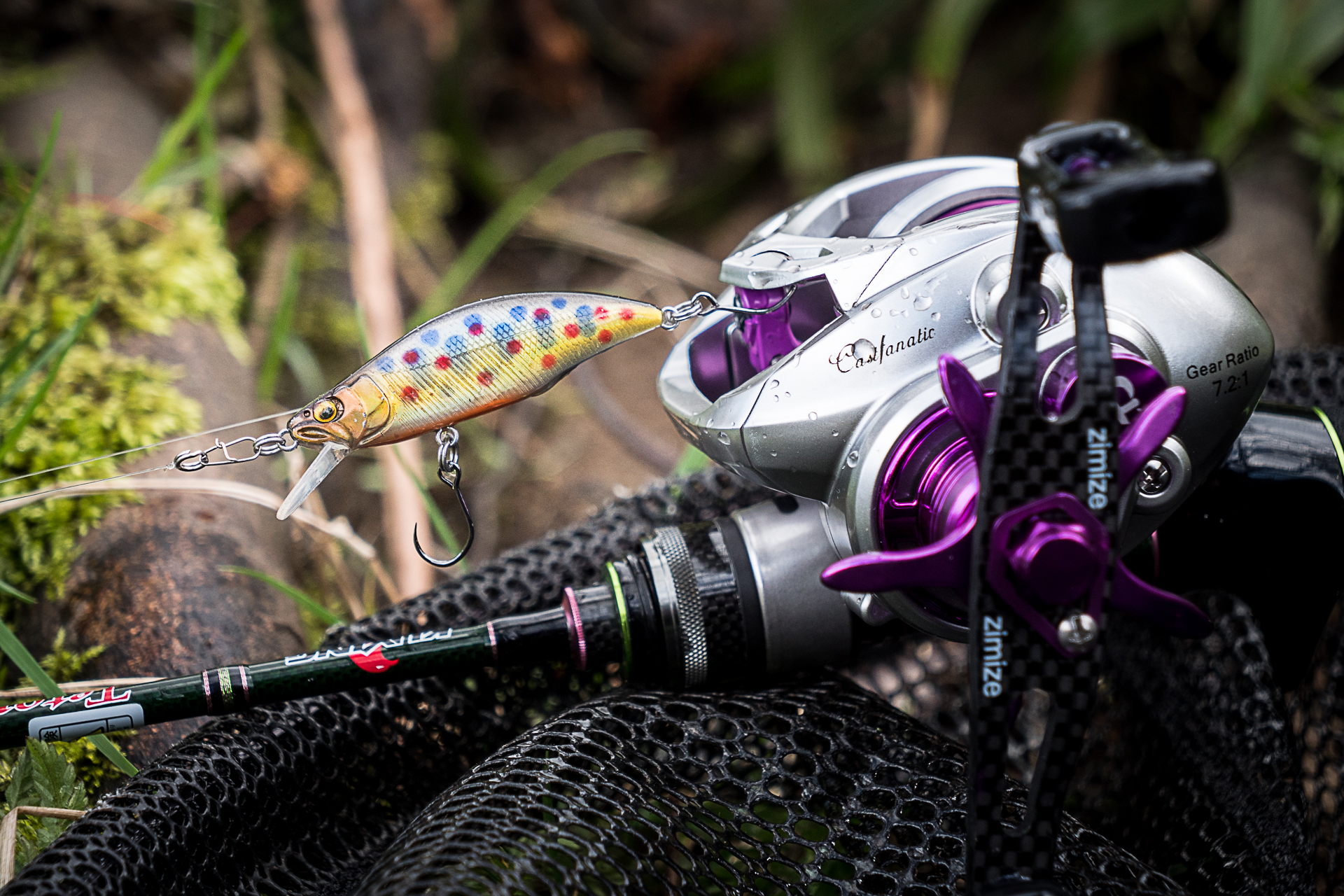



Having just finished studying a Master of Applied Statistics, I really appreciate your statistical approach to your reel testing, as well as the explanations (a very good statistics 102 class with useful fishing information in between). I noticed the use of base R and ggplot in your analysis 🙂
I’ve just ordered myself a Kastking Zephyr Combo to chase bream on lures in Sydney. In the early 2000s I used to have a Daiwa Pixy but it got stolen and I went back to spinning reels since then. I did contemplate building myself a custom rod build coupled with a Shimano Alderbaran BFS, but I fear I’d get in trouble with the boss if I went that far 🙂
Just a question. I noticed most BFS practitioners seem to use some kind of monofilament line as opposed to braid. Is this standard practice for BFS?
Hi Mike – thanks for your kind feedback (and I should probably out-source my stats analysis to you in future!).
The split between monofilament (either fluorocarbon or nylon/copolymer) and braid is fairly even I’d say. I probably need to do an article just dedicated to that subject alone. However I do touch on it a little bit in my main “BFS” article on this site: https://fishingdiscoveries.com/bait-finesse-system/
However, the broad trade offs you are looking at are the need to add a monofilament leader of some sort (again, either fluoro or copolymer) to braid – in order to get the low stretch sensitivity benefits associated with braid.
On the other side, the slick surface and variety of textures available in monofilaments means you can get some very appealing casting performance and – particularly with nylon/copolymer – a range of colours that might suit your bite detection needs. Particularly when short-range stream fishing, the more stretchy nature of mono might not be such a bad thing (and of course, many people like the stretch when trying to keep fish pinned on crankbaits). On that note, you might want to consider Soft rod/Zero stretch line versus Stiffer rod/Stretchy line trade-offs.
Depending on the braid, it can be (but not guaranteed!) easier to pick out tangles compared to fluoro/nylon…but catastrophic tangles tend to be more expensive when it comes to braid.
Nowadays, you’ll also fiind a range of densities (floating/sinking) braid to choose from along with the more established comparisons between braid, nylon and fluorocarbon and their relative buoyancy in terms of what depth your lure is working at and what is best for maintaining a “straight line” direct contact with a surface versus a deeply-sunk lure.
When all is said and done, the only real answer is to work out what effect and performance features you are looking for in your particular style(s) of fishing, and then work backwards to select the gear that best supports that effect.
Best wishes and good luck,
Paul
[…] Baitcaster Review for BFS: 5-way Cast Battle & Ultralight Baitcaster Test […]
Paul – great review (and very refreshing to see it done this way). Out of curiosity: have you ever tried casting for distance using your modified 2500C? I have one as well and after playing around with the centrifugal brakes (I use only one of the smallest XS “bakelite” type at this point – after figuring out that WD40-straw derived ones melt when you cast too frequently, lol), I have discovered that I can outcast my Daiwa Gekkabijin (so essentially an Alphas Air TW) consistently at weights of 2g and above. For example, I got 36 m with a 3.7 g weight, 31 m with 3 g, and 21 m with 2g with the 2500C. Granted, with adverse conditions (bulky lures, headwind etc.), the 2500C becomes much less pleasant to handle – at least with only one of the brake blocks. It’s still quite manageable with two — but it’s not nearly as forgiving or flexible as the Daiwa. At anything less than 2g, the Gekkabijin is…well, queen.
It might be my casting style, but I find it interesting that my 40 year-old ABU can outperform my “state of the art” Daiwa.
Bernie
PS: I’m using a 6’3″ rod rated from 1 – 7 g, so the results are not necessarily comparable to yours for that very reason. But the bottom line remains the same, since the measured difference in distance is also present when using a different rod (1.4m glass, rated 1 – 5 g).
Further to our email conversation Bernie I can only agree and also share my own surprise that my BFS-tuned Ambassadeur actually cast so well!
Because I just loved the looks and the engineering feel of the reel, I wouldn’t have minded if it was only just capable of chucking out some relatively heavy lures a modest distance… The fact I can flip cast Zoner minnows at 1.7-g with ease and also throw other tiny things around happily is just a phenomenal bonus pleasure.
Thanks for jumping in on this thread with your generous insights,
Paul
you da man!
You’re very kind Volkan!
Paul
After reading your article more than once it all kind of sunk in firstly decide what your fishing locations and the presentation that you want to use and then do your research and buy the best you can afford which for me is the clamber which should suit all my needs just need to decide on a suitable rod which is an all other kettle of fish thanks for helping me decide very much appreciated
You’re very welcome – and thank you so much for your really positive contribution; I really appreciate it.
Paul
I own the Black Knight 2 which is almost identical to the TSU Dark Wolf. I found it to be underbraked to the degree that it prevented ideal brake settings with some lures. Based on a video posted by Bass ‘N Bonzai, I modified mine by using double stick tape to affix two 5X3 magnets to the round brass outer component of the braking hub. I have been happily fishing a variety of lure weights for the two months since making the mod. Reading this article piqued my interest in how the modified reel would compare to those under test. So about an hour ago I tested it using an accurately weighed 2 gram jig head (minus hook) in an accurately measured casting range in my back yard. I used a John Coo Vivid UL rod with the UL tip and 10lb 8 strand braid. Over an 8 cast trial (after optimizing the brake setting) I averaged 69 feet (21M) plus or minus 2 feet. This is consistant with the Alphas performance with a 2G weight in the testing above. I thought these findings would be of interest to BK2 and DW owners since it seems to be an alternative to the fix reported in the Fishing Discoveries test of the DW. Regards, Jay
Nice one Jay – thanks for adding the alternative methods and I really appreciate the comparison data casting against a calibrated range.
Cheers,
Paul
[…] Baitcaster Review for BFS: 5-way Cast Battle & Ultralight Baitcaster Test […]
Just lovely! It’s great to see the kind of review where the author is serious about providing reliable results. I also appreciate your pointing out when some limitations are present if unavoidable. For instance, in a dream world, it would be great to know about the variations within the same reel’s production. I suspect the CDM reels would vary much more between units than do the JDM reels at this point in time, which could have quite an impact on the results.
I hope you can complete the tests with cleaned and re-lubed bearings before winter. ⛄
Stay well and keep enjoying the more poetic side of fishing!
}
Thank you so much for such kind feedback – I really appreciate it.
Just anecdotally (speaking to other reel testers and BFS fans) I think you could be onto something regarding the batch consistency – and greater variance certainly seems to be one of the things which comes with a lower price tag.
Again, many thanks for proving that the internet can be a positive place too!
Paul
[…] Baitcaster Review for BFS: 5-way Cast Battle & Ultralight Baitcaster Test […]
Exactly how I like a test to be done, excellent job! Greetings from Sweden
Thank you Roy – and greetings right back to you!
Paul
Uber detailed review..lol….
Curious of combining smaller soft plastic and how air resistance of the less dense varieties affect casting. Weightless small soft plastic or 1/10th oz jighead
You definitely notice the air resistance as the lures get lighter. For instance, a light suspension jerkbait like a Zoner minnow has a lot of air inside a body that isn’t very heavy to start with. That’s a big difference from casting something of a similar weight, but which is compacted into a much smaller volume (like a cheb head).
Paul
[…] Baitcaster Review for BFS: 5-way Cast Battle & Ultralight Baitcaster Test […]
[…] Baitcaster Review for BFS: 5-way Cast Battle & Ultralight Baitcaster Test […]
[…] Baitcaster Review for BFS: 5-way Cast Battle & Ultralight Baitcaster Test […]
Super test! Thank you. But the weights don’t catch. I suggest taking measurements with 1 g of weight and 1, 2, 5 g of soft lure. Here Alphas could enlarge the advantage even more. And some Chinese products might not be able to be thrown. Great respect for the work done.
Hi, I’ll continue to report on different fishing experiences using a range of lures and lines. At the same time, in terms of fishing with baitcasters – i still think it’s relatively unusual for people ot be regularly throwing lures of 1-g.
While the lure weights will never be perfect (and to test those 3 different options took 2 days of casting and measuring/filming); I figured that lots of people throw a 2-g jig-head carrying around 1-g of soft plastic (total weight 3-g) – and similarly; 5g jig-head or 1-g jighead; each with around 1-g of plastic lure gives the 6-g and 2-g bracketed weight range tested.
Thanks for the kind feedback and I hope that the future content is also something you’ll enjoy!
Paul
Great reel test there Paul, with sound and not too complicated science to back it up. Some really exciting options for people wanting to get into BFS, whatever their budget. Keep up the good work! 👍
Thank you Gareth! I’ll do my best (there should be a video edit coming fairly soon on the “out of the box” of the cast battle…)
Paul
[…] Baitcaster Review for BFS: 5-way Cast Battle & Ultralight Baitcaster Test […]
Great review and statistics lesson. Now if only there was wider availability of the Clamber Micro. I just received the more conventional “long cast” version from China but haven’t tried it yet. Glad to see that Kastking had respectable results as they are easily available in the US and possibly the first brand to bring BFS to the USDM. Don’t own one though.
Hi Rob, thanks for this – I’ll look into availability for supply within the USA.
Paul
Hi Paul, great review as usual, i am particularly looking forward to how these reels respond to the bearings being cleaned and also changed, i would not expect a massive improvement from the Alphas as you say it is already tuned but it will be interesting to see how the rest perform after a little bit of tuning. keep up the good work.
Cheers Keith – I’m glad you found the review useful. In many ways it was/is kind of unfair to put the Alphas Air in with these other reels – because it’s just unbeatable in those lower weight ranges (currently at least). BUT, what an amazing result for the Clamber HM06 in particular – given the disparity in prices!
That sets up the subsequent rounds of tests to be very interesting indeed for me personally – and I’m genuinely curious to see what happens next!
Paul
Hi Paul I think in any test you need a benchmark to measure to so the Alphas happens to be that benchmark and is rightfully included.
Thanks Keith – it’s nice when these choices make sense to other people (and not just inside my own, crazed, brain) 🙂